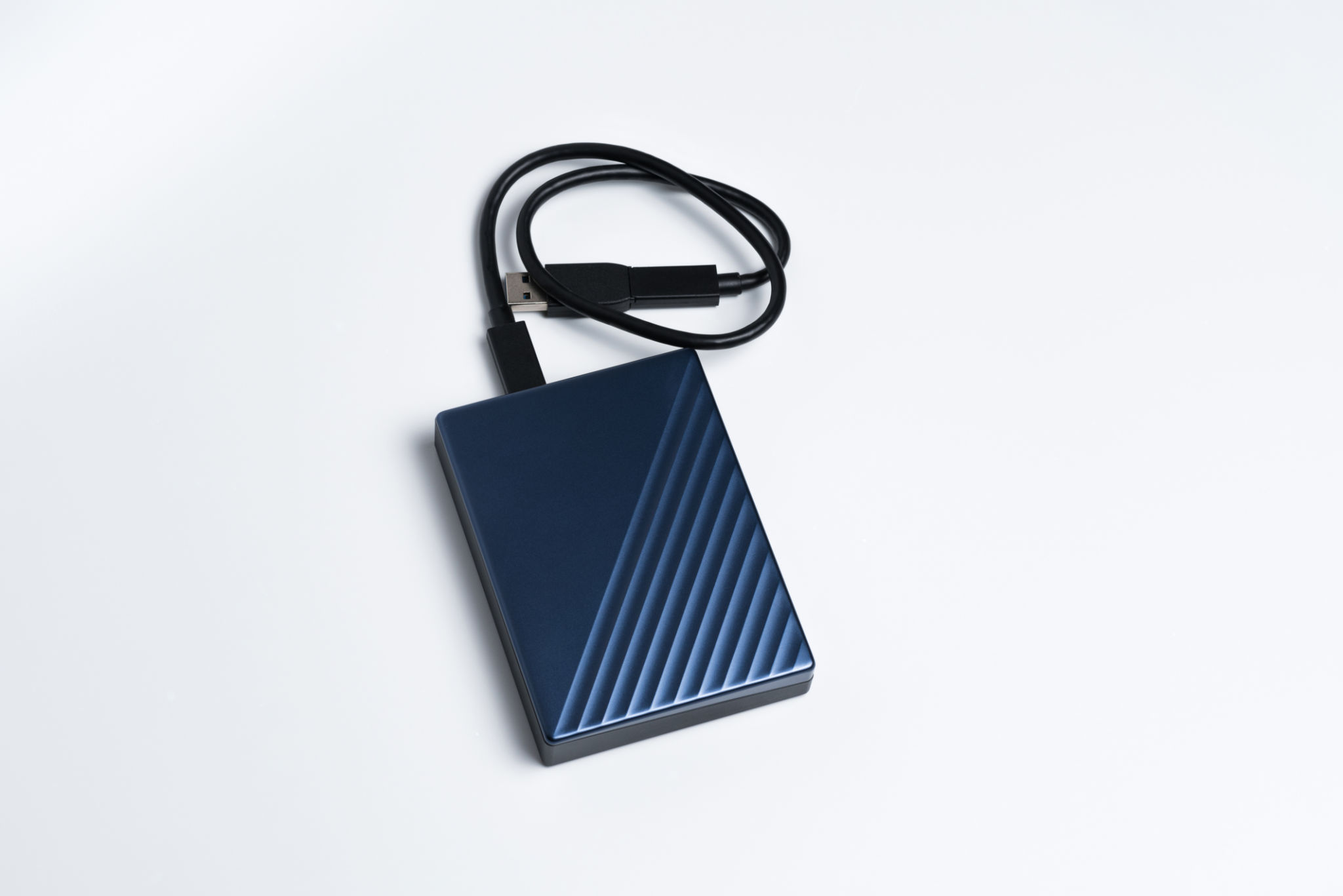Comprehensive Guide to Choosing the Right Hardware for Your Needs
Al
Understanding Your Requirements
Before diving into the world of hardware, it's essential to have a clear understanding of your specific needs. Whether you're setting up a home office, upgrading your gaming station, or building a professional video editing suite, the right hardware can make all the difference. Start by assessing what you require from your tech setup. This includes considering the type of applications you'll be running, the level of performance you need, and your budget constraints.
Identifying your primary use cases will help you make informed decisions. For instance, if you're primarily using your computer for web browsing and document editing, a standard laptop or desktop might suffice. However, if you're into graphic design or gaming, you'll need something more powerful with a dedicated graphics card and ample RAM.

Choosing the Right Processor
The processor, often referred to as the CPU, is the brain of your computer. It handles all the instructions from your software and operating system. When selecting a processor, consider factors like clock speed, core count, and thermal design power (TDP). A higher clock speed generally means better performance, but it's essential to balance this with power efficiency.
For general tasks, a mid-range processor should work well. However, for tasks such as 3D rendering or heavy multitasking, you might need a high-end CPU with multiple cores. Brands like Intel and AMD offer a wide range of processors catering to different needs and budgets.
Importance of RAM
RAM, or Random Access Memory, is crucial for your computer's speed and performance. It allows your system to handle multiple tasks simultaneously without slowing down. The amount of RAM you need depends on your usage patterns. For everyday tasks, 8GB of RAM is often sufficient. However, for more demanding applications like video editing or virtual machines, 16GB or more is recommended.

Additionally, consider the type and speed of RAM. DDR4 is the current standard and offers better performance than older versions. Faster RAM can improve system responsiveness and overall performance.
Graphics Card Considerations
If you're a gamer or work with graphic-intensive applications, a robust graphics card is essential. The graphics card handles rendering images and video, taking some workload off the CPU. For casual gaming or basic graphic design, integrated graphics might be enough. But for more intensive tasks, dedicated GPUs from NVIDIA or AMD are ideal.
When choosing a graphics card, consider factors like VRAM size, power consumption, and compatibility with other components. Ensure that your power supply unit (PSU) can handle the additional power draw from a high-end GPU.

Storage Solutions
Storage is another critical component of your hardware setup. There are two main types: HDDs (Hard Disk Drives) and SSDs (Solid State Drives). SSDs are faster and more reliable but come at a higher cost per gigabyte compared to HDDs. For most users, a combination of both provides an optimal balance between speed and storage capacity.
Consider using an SSD for your operating system and frequently used applications to benefit from faster boot and load times. An HDD can be used for storing large files and backups. Additionally, determine how much storage you'll need in total to avoid running out of space prematurely.
Peripherals and Accessories
Don't overlook the importance of peripherals in your hardware setup. Items like monitors, keyboards, mice, and audio equipment significantly impact your overall experience. Choose peripherals that complement your primary activities. For instance, a high-resolution monitor can enhance productivity and gaming experiences.

Ergonomics also play a vital role in choosing peripherals. An ergonomic keyboard and mouse can prevent strain during long work sessions. Similarly, adjustable monitor stands can improve comfort by allowing you to position screens at eye level.
Budgeting Wisely
Your budget will ultimately dictate the range of options available to you. It's essential to prioritize components that will have the most significant impact on your usage. Sometimes investing in one high-quality component can be more beneficial than distributing funds evenly across all parts.
Consider future-proofing your setup by investing in components that are easily upgradable or compatible with newer technologies. This approach can save money in the long run by extending the lifespan of your hardware.

Final Thoughts
Selecting the right hardware requires careful consideration of your needs, budget, and future requirements. By understanding each component's role and prioritizing based on your specific use cases, you can build or upgrade a system that meets your expectations and enhances productivity.
Remember to keep an eye on emerging technologies and trends to ensure that your hardware remains relevant and efficient over time. With the right approach, you can create a setup that not only meets but exceeds your expectations.